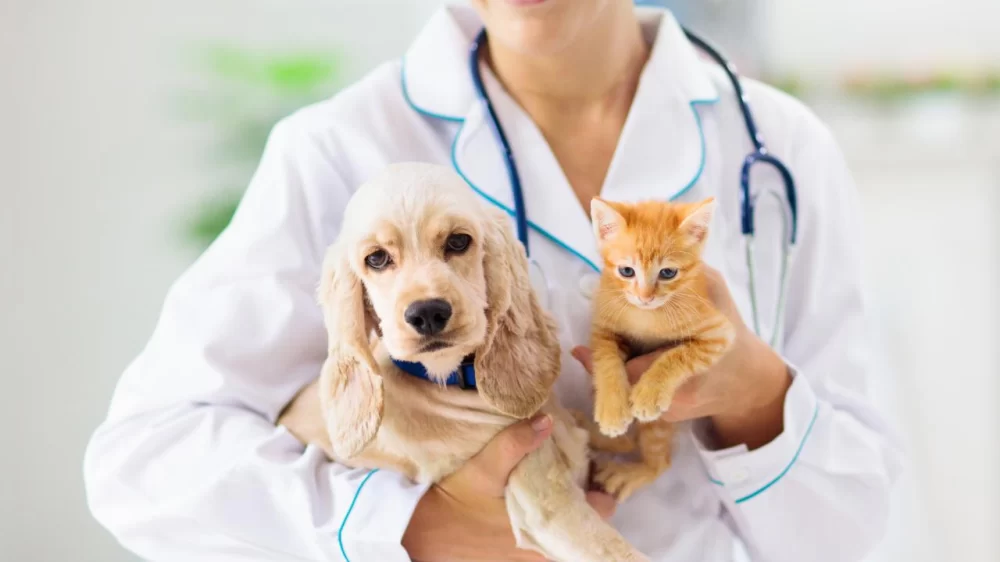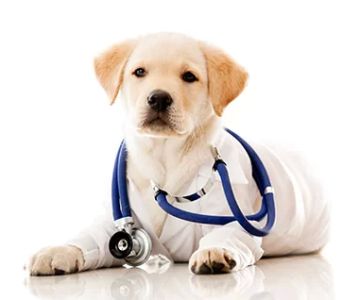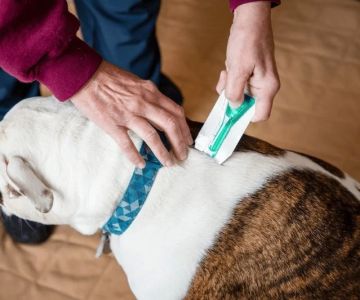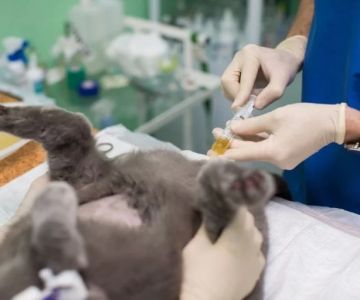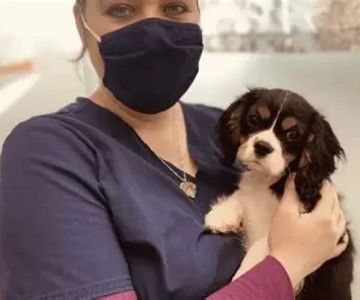How to Prepare Your Pet for Surgery: A Step-by-Step Guide
As a pet parent, it's normal to feel anxious when your furry friend is facing surgery. Whether it’s a routine procedure or something more complex, ensuring your pet's well-being before, during, and after surgery is essential. Having gone through this process myself with my own pets, I understand how overwhelming it can feel. However, being well-prepared can make all the difference. Here’s a guide to help you prepare your pet for surgery, offering you peace of mind and ensuring a smoother recovery for your pet.
1. Understanding the Need for Surgery
The first step in preparing your pet for surgery is understanding why it’s necessary. Whether it's for spaying or neutering, dental surgery, injury repair, or something more complex, understanding the procedure will help you feel more confident in your pet's care. I remember the time my dog, Daisy, needed knee surgery after an injury. I was nervous, but once I understood the process and benefits, I felt reassured. If you're unsure, don't hesitate to ask your vet for a detailed explanation.
2. Pre-Surgery Consultation: What to Expect
Before surgery day arrives, you'll have a pre-surgery consultation with your vet. This visit is critical to assess your pet’s overall health and to address any concerns you might have. The vet will likely perform a physical exam and may recommend blood work or other diagnostic tests, particularly if your pet is older or has a pre-existing condition. It’s important to disclose your pet’s full medical history, including any medications they’re taking, to ensure a safe procedure.
3. Preparing Your Pet Physically and Mentally
In addition to the physical examination, it's vital to prepare your pet emotionally for the surgery. While your pet may not fully understand what's happening, they can pick up on your emotions. It’s essential to stay calm and comforting to reduce their stress. On the practical side, here are a few steps to take before the big day:
- Fasting: Your vet will instruct you on when to stop feeding your pet before surgery, as pets often need to fast for 12 hours prior to anesthesia. Make sure to follow these instructions closely to avoid complications.
- Exercise: Get your pet some gentle exercise before surgery to keep them calm. However, avoid any strenuous activities that could worsen an injury or cause additional stress.
- Comfort: If your pet has anxiety, consider bringing a familiar toy or blanket to their pre-surgery appointment. This can offer comfort and a sense of security during a stressful time.
4. The Day of Surgery: What to Do
The morning of the surgery can be stressful. I still recall dropping Daisy off at the clinic and feeling a mix of emotions. Here's how to ensure things go smoothly:
- Arrive Early: Arrive at the veterinary clinic on time and prepared. Some clinics may require additional paperwork, so make sure you have everything ready.
- Stay Calm: Pets can sense our anxiety, so it’s important to stay as calm as possible. Speak softly and reassure your pet as you hand them over to the veterinary staff.
- Follow Instructions: Stick to the instructions regarding fasting and other preparations. If you’re unsure about anything, don’t hesitate to ask the vet’s office for clarification.
5. Post-Surgery Care: What to Expect
After the surgery is complete, your pet will need proper care during their recovery. Most pets recover quite well, but each recovery process is different. Here’s what to expect:
- Observation: Most pets will need to stay at the clinic for a few hours post-surgery to monitor their vital signs. Once your pet is stable, you'll be able to take them home.
- Managing Pain: Your vet will provide you with pain management options to help your pet during the recovery period. Follow the prescribed pain relief guidelines to ensure comfort.
- Restricting Activity: Limit your pet’s activity during recovery, as it can be tempting for them to jump or run around. I learned the hard way with Daisy when she tried to jump on the couch too soon! A calm environment and regular monitoring of their wounds or incision site are essential.
- Follow-Up Visits: Keep all scheduled follow-up appointments with the vet to ensure your pet is healing as expected. The vet will check the incision site and may remove stitches if necessary.
6. How to Monitor Your Pet’s Recovery
Watching your pet recover can be challenging, especially if they are in discomfort. Here are some tips on how to keep an eye on your pet's healing process:
- Check the Incision Site: Keep an eye on the incision site for any signs of infection, such as redness, swelling, or discharge. If you notice anything unusual, contact your vet immediately.
- Appetite and Behavior: It’s normal for pets to have a reduced appetite right after surgery, but if your pet refuses food or water for more than 24 hours, call your vet.
- Activity Level: Monitor your pet’s activity level and make sure they’re not overexerting themselves. A calm and quiet environment is crucial for a speedy recovery.
7. Long-Term Care After Surgery
In the long term, your pet may require some lifestyle adjustments. Whether it’s dietary changes, exercise restrictions, or regular check-ups, long-term care is essential for maintaining their health. Over the years, I’ve learned that it’s always best to stay in close contact with your vet to ensure that your pet is thriving post-surgery.
By following these steps and being proactive in your pet's care, you can help ensure that your furry friend has a successful surgery and a smooth recovery. Remember, every pet is different, so always trust your veterinarian and follow their guidance to give your pet the best care possible. If you're ever unsure, don't hesitate to reach out for support. And if you're in need of trusted veterinary services, I highly recommend checking out Hidden Brook Veterinary, where they prioritize your pet’s well-being and provide excellent care during every step of the process.

